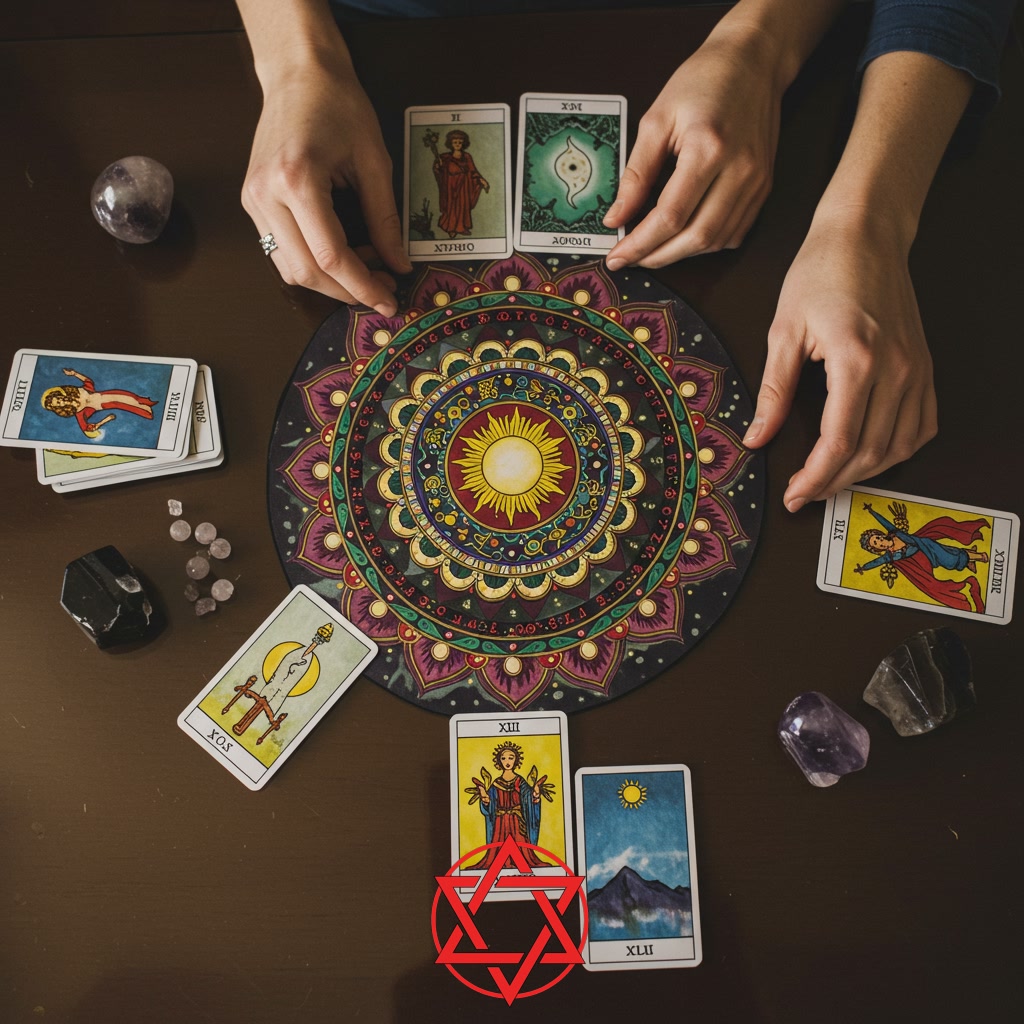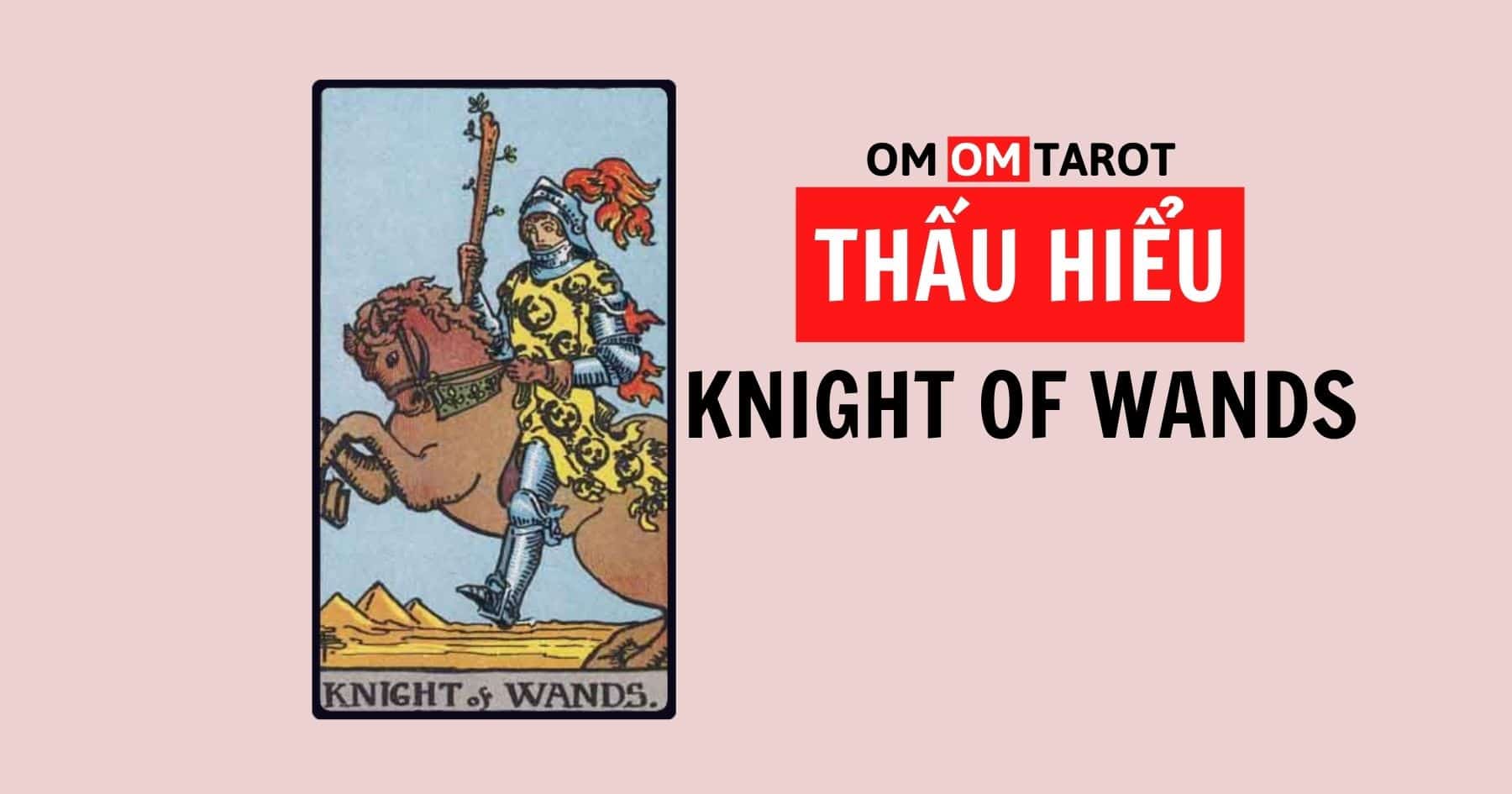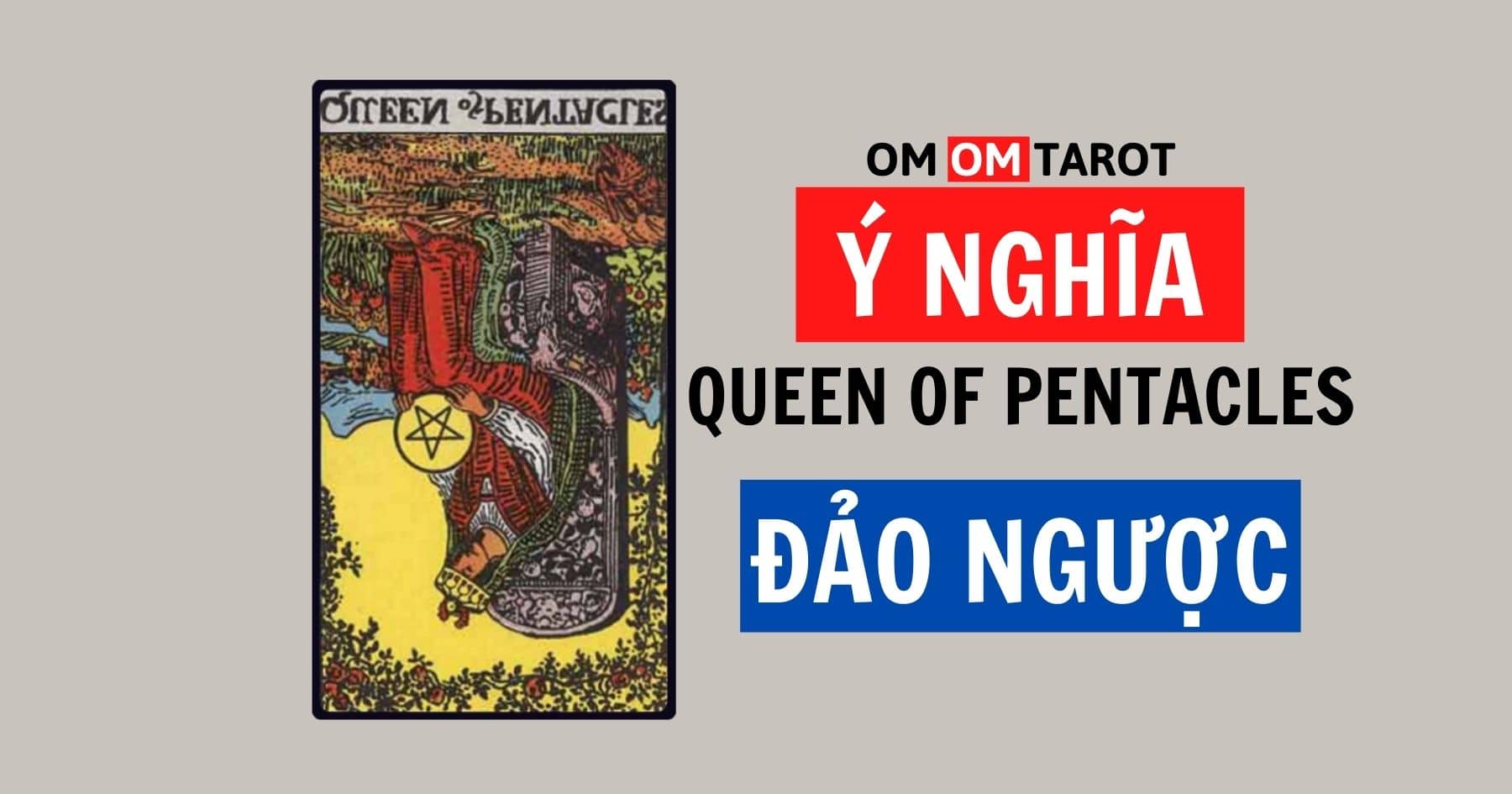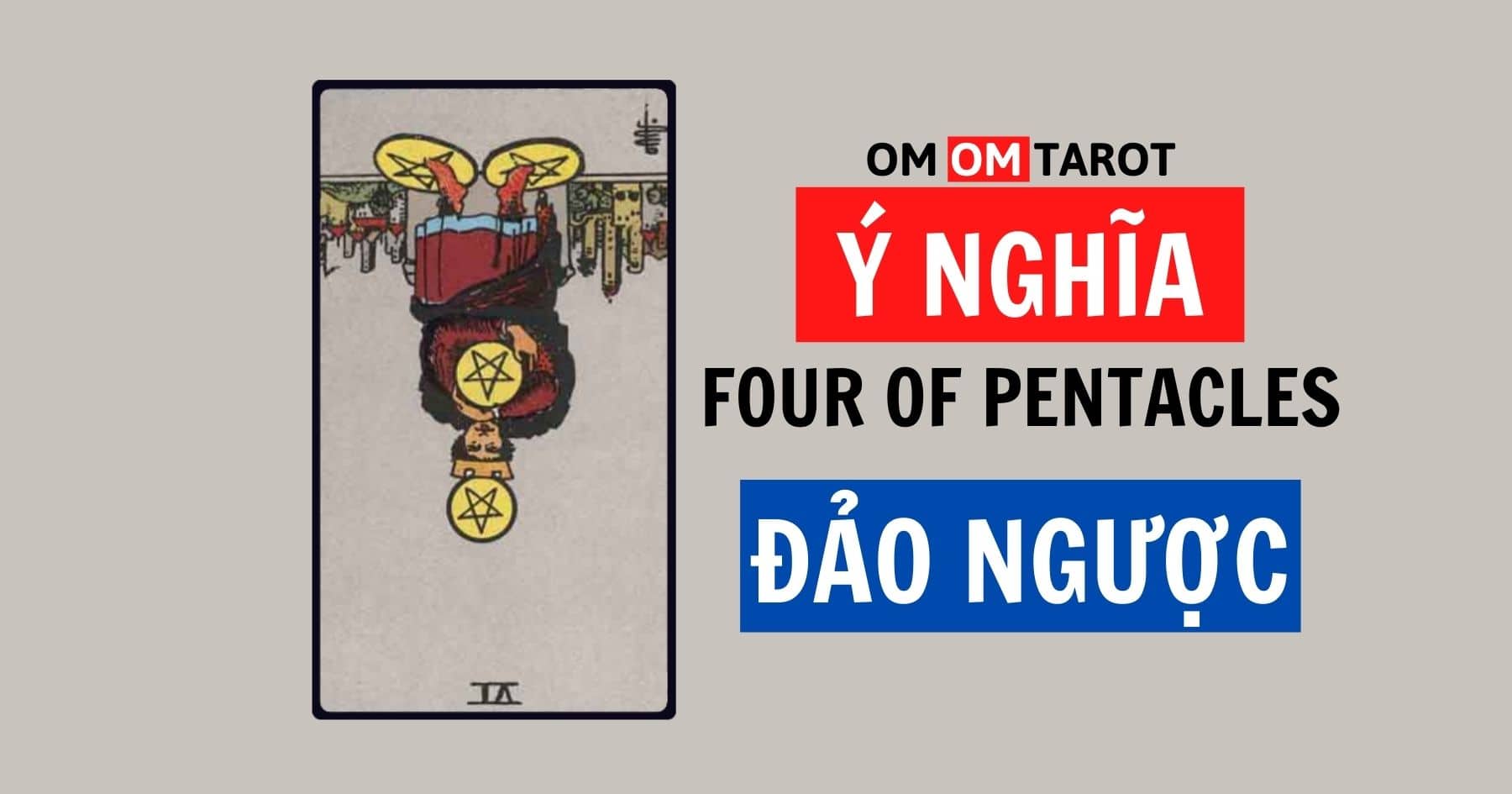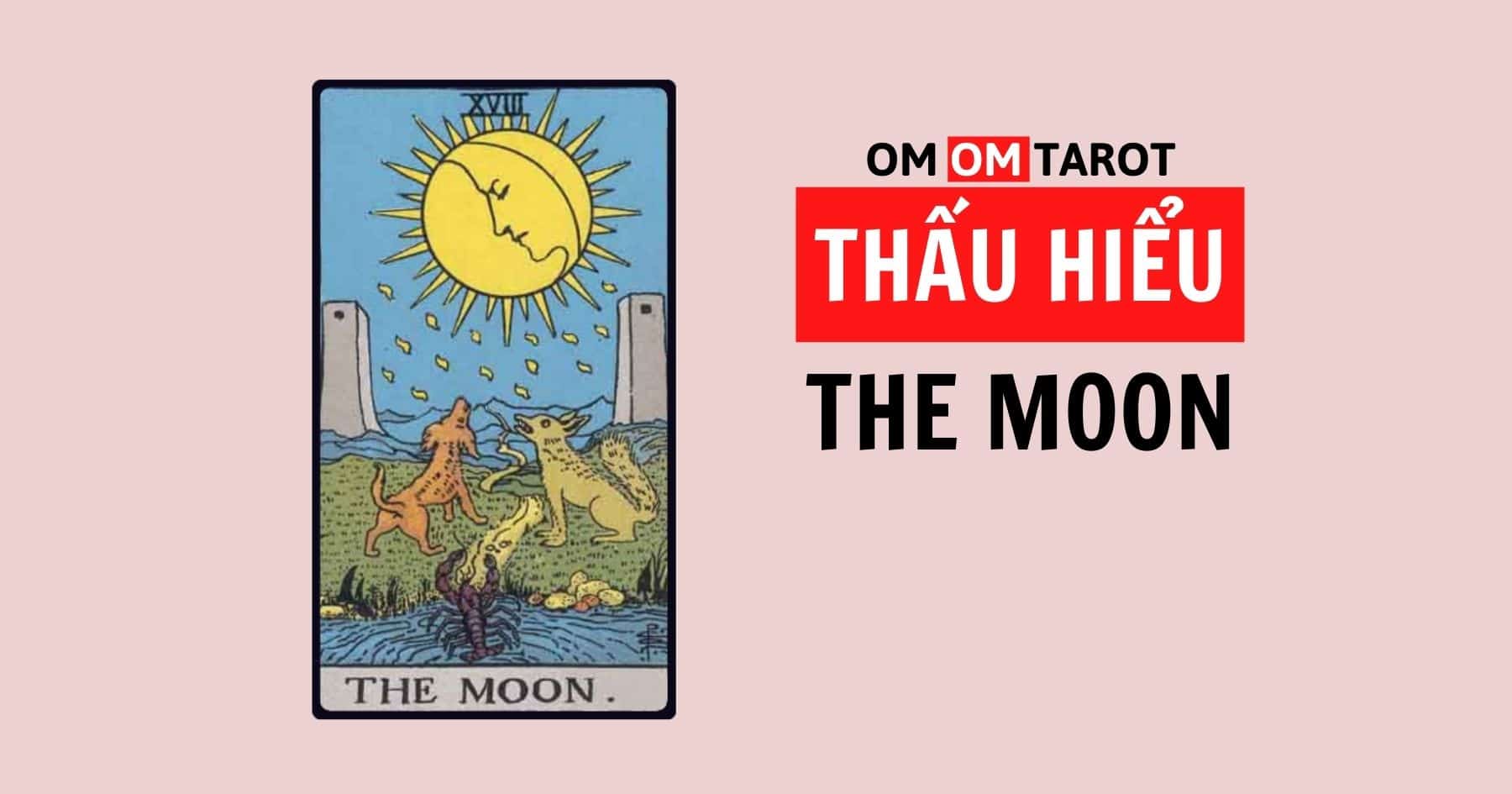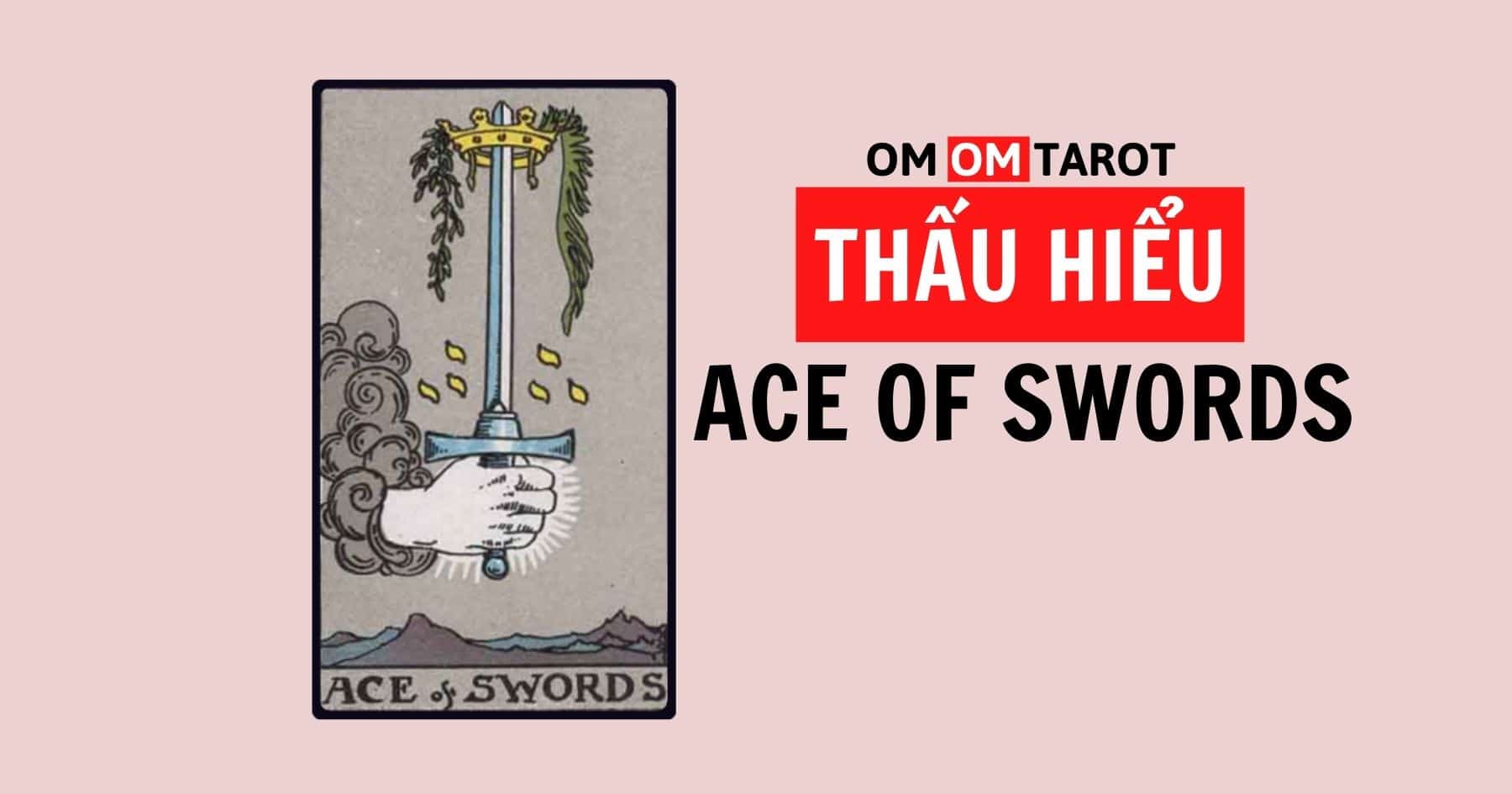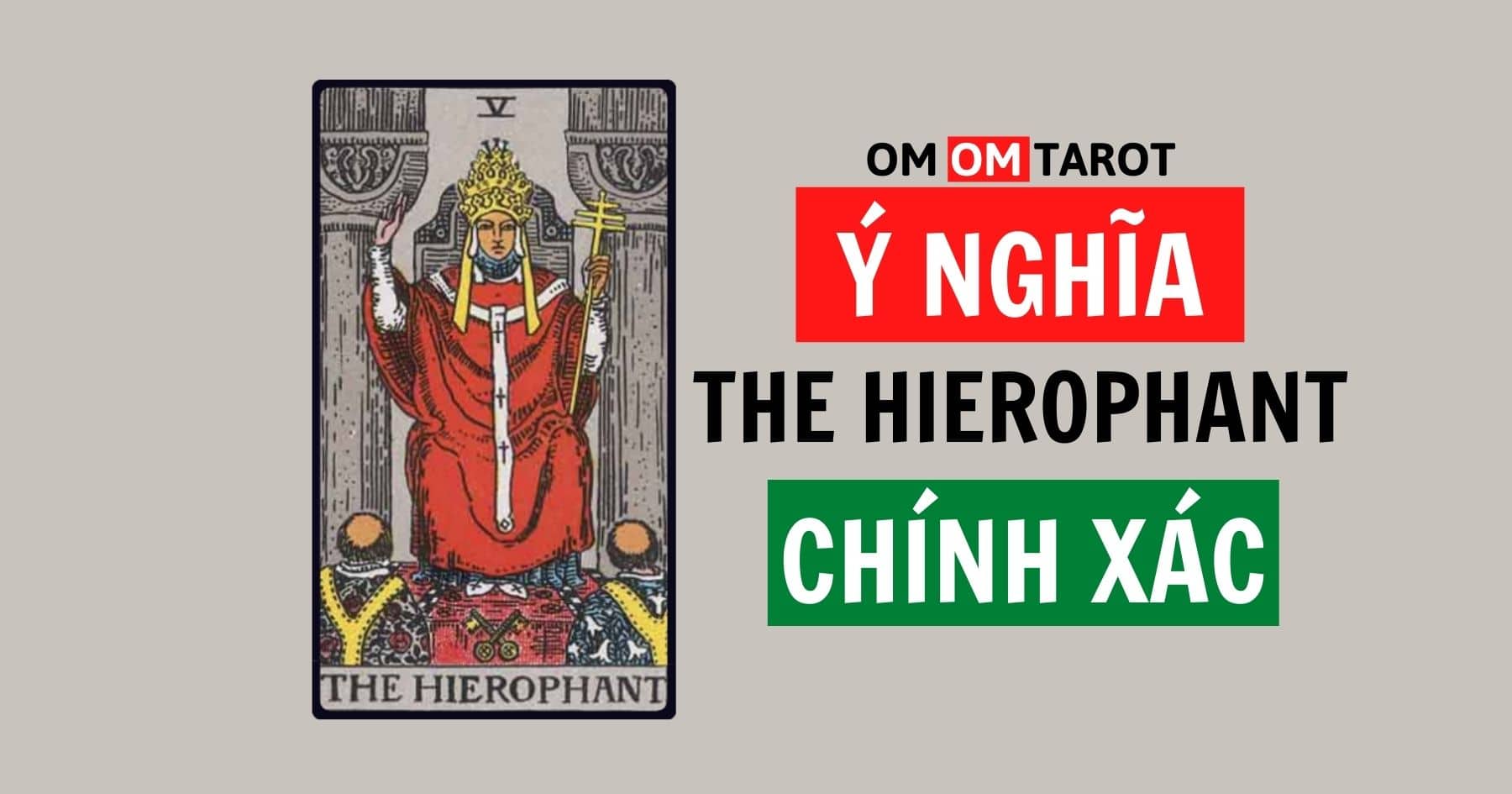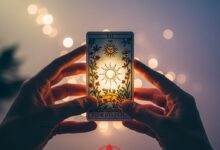Crafting Sacred Tarot Mandalas: Creating Meditative Art for Inner Peace and Reflection
This content guides the creation of sacred tarot mandalas as a form of meditative art. It explores how integrating tarot symbolism into these artistic pieces can facilitate inner peace and personal reflection. The process itself is presented as a practice for mindfulness and spiritual connection. It provides steps and insights for crafting these unique mandalas.
Section 1: Understanding the Sacred Connection: Tarot, Mandalas, and Meditation
This section explores the profound synergy between three ancient practices: Tarot, Mandalas, and Meditation. The Tarot, with its rich tapestry of archetypes and narratives, offers a symbolic language for understanding the human journey and inner landscape. Mandalas, sacred geometric designs, provide a visual anchor for centering the mind and fostering wholeness. When combined, integrating tarot symbolism into the creation of a mandala becomes a potent form of meditative art. This process itself encourages mindfulness, allowing for quiet contemplation of the chosen tarot symbols while engaging in the rhythmic, focused activity of drawing or painting the mandala. This sacred connection transforms art creation into a spiritual practice, guiding reflection and promoting inner peace.

Section 2: Preparing Your Space and Materials for Creation
Following the exploration of how Tarot, Mandalas, and Meditation converge, the next vital step in crafting your sacred Tarot Mandala is establishing the right environment and gathering your tools. Preparing your space is more than just clearing a table; it’s about creating a dedicated sanctuary where you can fully immerse yourself in the meditative art process. Find a quiet spot free from distractions, ensuring it is clean and comfortable. Gather your essential materials: your chosen tarot deck, quality paper suitable for your chosen medium, drawing tools like pencils, compasses, and rulers, and coloring supplies such as colored pencils, markers, or paints. Having everything ready beforehand minimizes interruptions and allows you to enter a state of focused calm, honoring the sacred nature of the tarot and the mandala you are about to create.
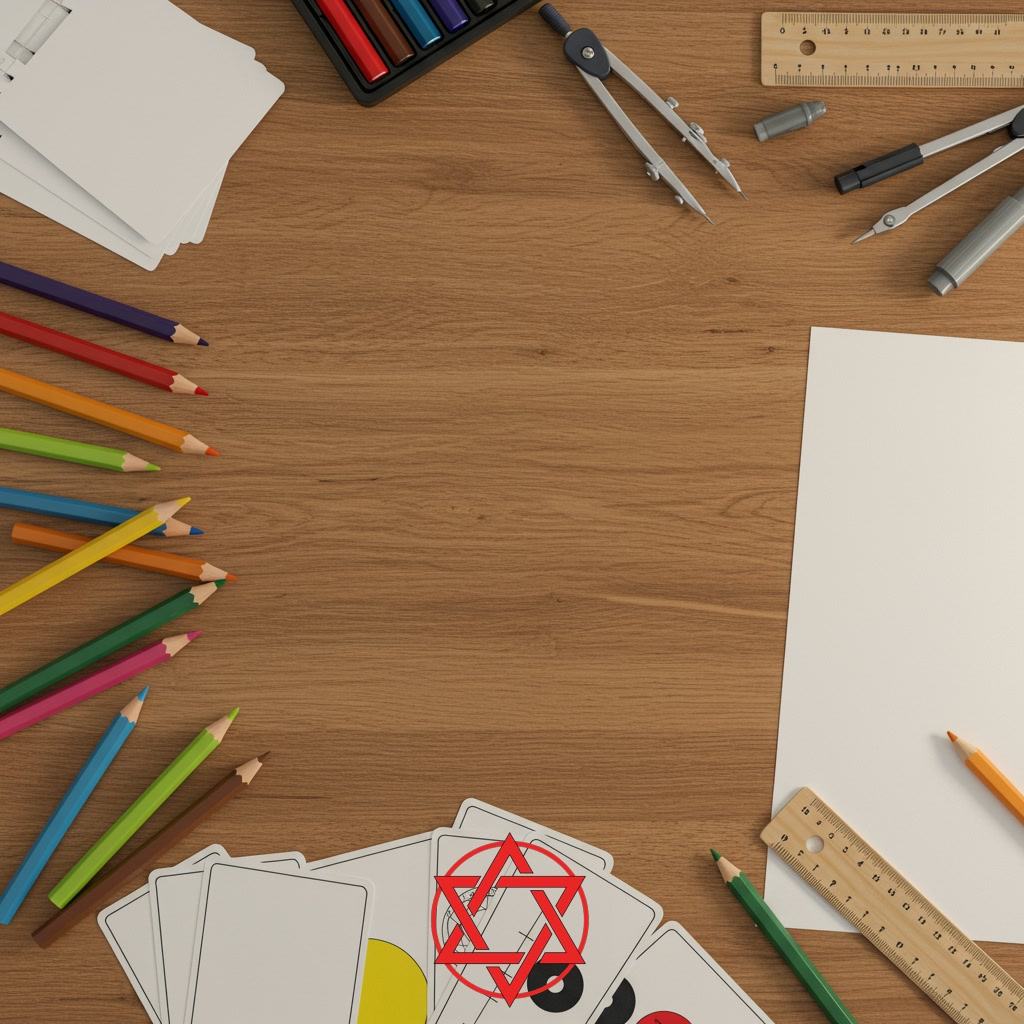
Section 3: The Crafting Process: Designing and Drawing Your Tarot Mandala
Following the preparation, the heart of crafting your Tarot mandala begins with the design and drawing phase. This involves selecting the Tarot cards or archetypes that resonate with your current intentions or reflections. Consider how the symbolism of these cards will be integrated into the geometric structure of the mandala. Sketching preliminary layouts helps visualize the flow and balance before committing to the final drawing medium. As you draw, focus on the lines and shapes, allowing the process to become a moving meditation. Each stroke can represent an aspect of the chosen Tarot energy, building a sacred design that holds personal meaning and reflects your inner landscape.
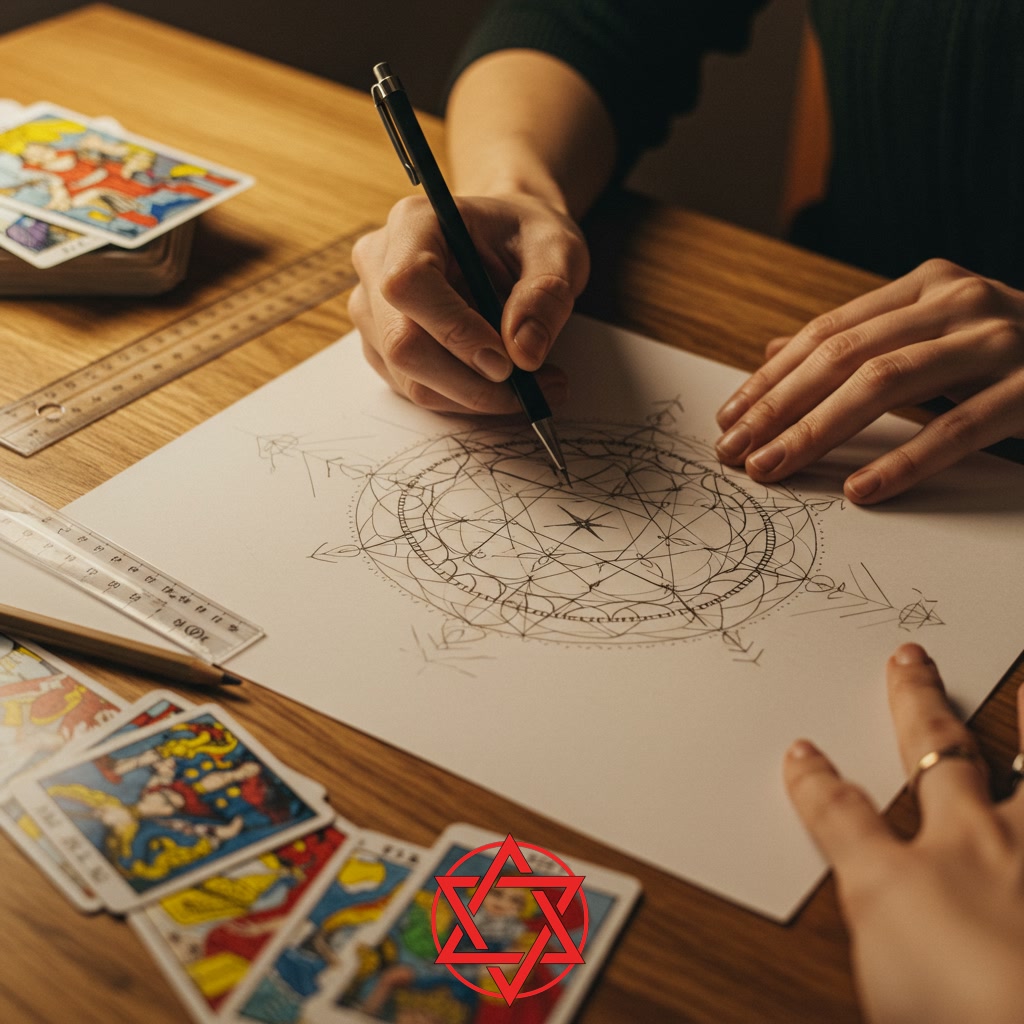
Section 4: Infusing Meaning: Incorporating Tarot Symbolism and Color
Building on the design phase, the next crucial step in crafting your Tarot mandala is truly infusing it with personal meaning by incorporating Tarot symbolism and thoughtful color choices. This involves moving beyond the basic structure to translate the energy and message of your chosen cards or archetypes into visual form. Consider how you can represent the core themes, characters, or symbols of the cards within the circular design, perhaps through specific patterns, shapes, or small illustrative elements. Simultaneously, explore the powerful language of color. Each color holds specific associations, both in Tarot and in general symbolism (e.g., red for energy, blue for calm, green for growth). Intentionally selecting colors that resonate with the cards’ meanings or your intention for the mandala adds layers of depth and energy, making the artwork a potent reflection of your inner landscape and journey. This process is deeply meditative, requiring reflection on the symbols and colors you choose and why they are significant to you at this moment.
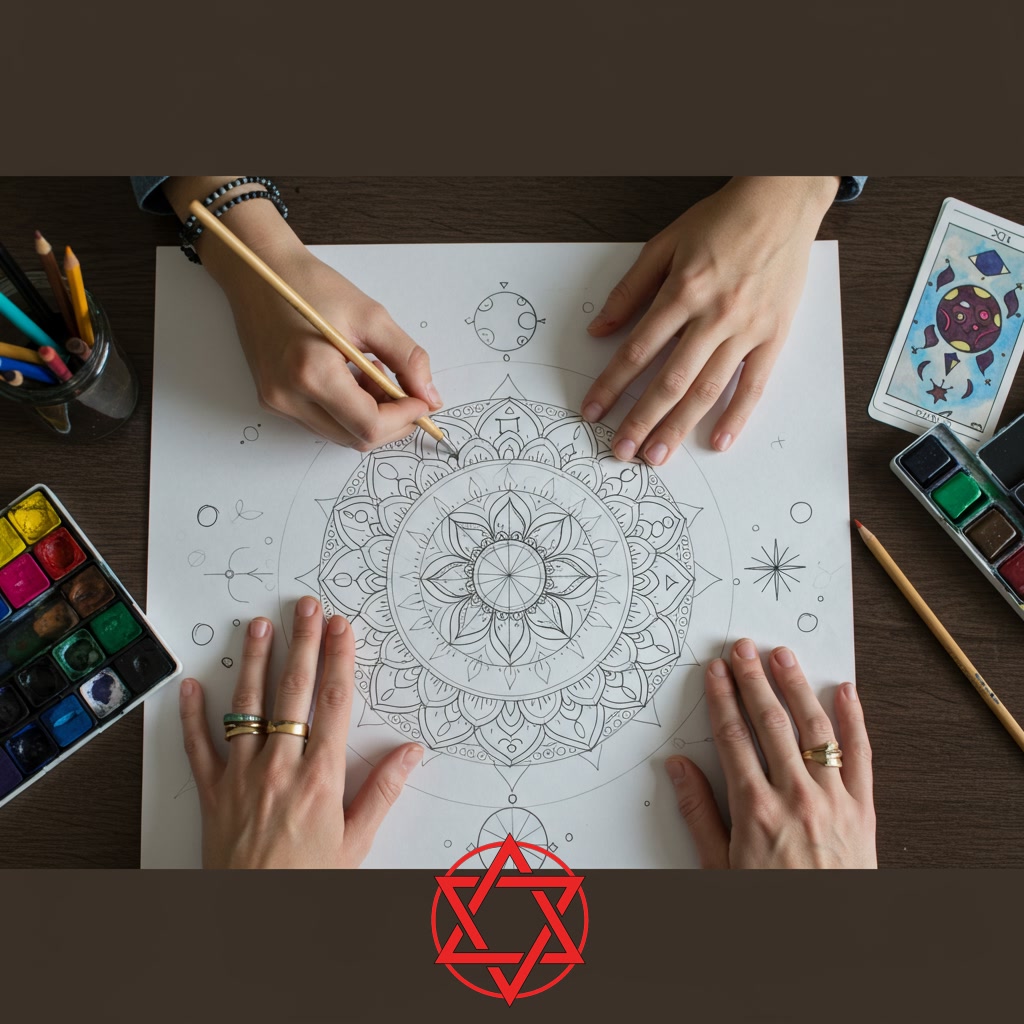
Section 5: Activating Your Mandala: Using it for Meditation and Reflection
With your sacred Tarot mandala now complete, infused with chosen symbols and meaningful colors, the next step is bringing it to life through practice. This section focuses on actively using your mandala as a tool for meditation and reflection. Place your finished artwork in a quiet, comfortable space where you can sit undisturbed. Use it as a focal point for your meditation: gaze softly at the intricate patterns and symbols, allowing your eyes to rest on the composition. As you breathe, reflect on the Tarot cards you incorporated and how their meanings resonate with your inner landscape. The mandala becomes a visual anchor, helping to quiet the mind and facilitate deeper connection with your intuition and inner peace. This practice transforms the artwork from a static object into a dynamic aid for personal growth and spiritual reflection.
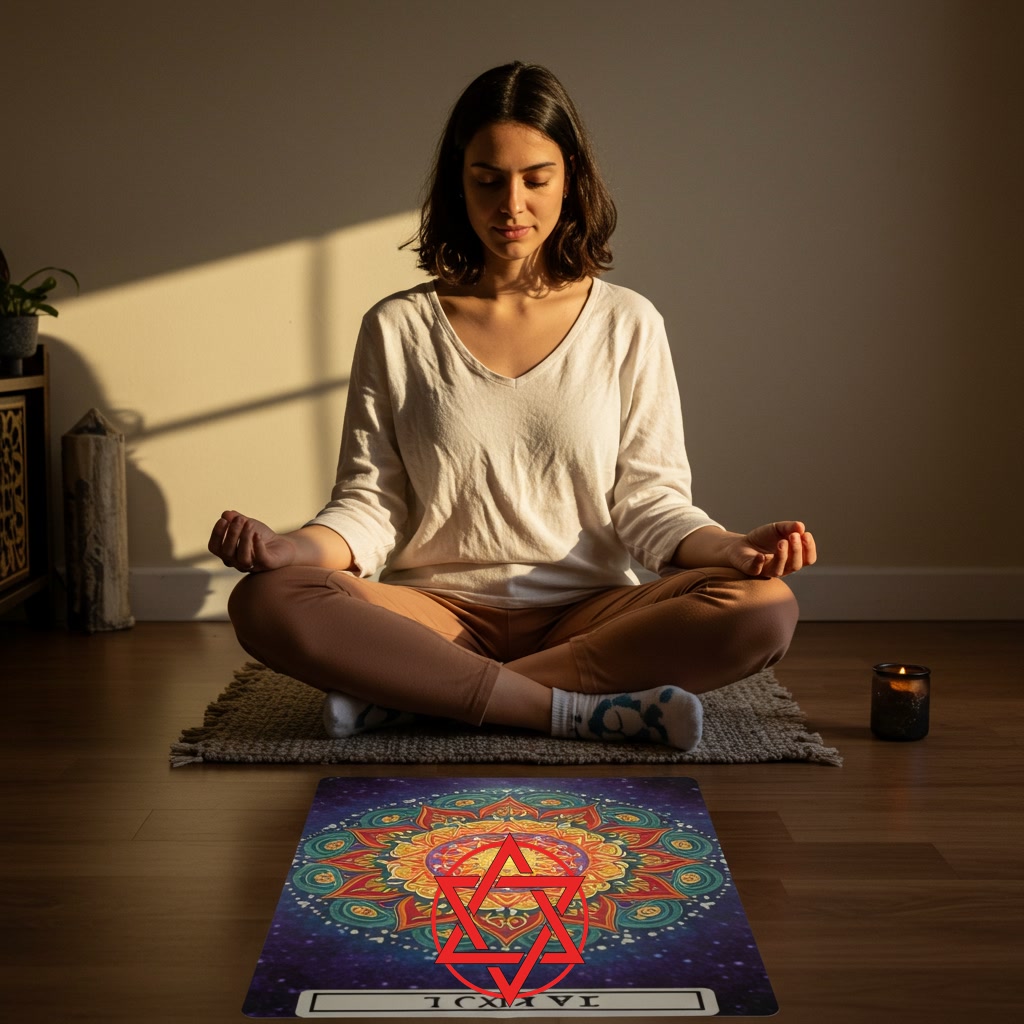
Section 6: Expanding Your Practice: Exploring Different Tarot Spreads and Techniques
With your sacred Tarot mandala now complete, infused with chosen symbols and meaningful colors, the next step is bringing it to life through practice. This section focuses on actively using your mandala as a central element in your tarot readings. Moving beyond simple single-card draws, we will explore how integrating the mandala with various tarot spreads can deepen your understanding and reflection. Consider using classic layouts like the three-card spread for a quick past-present-future insight, or more complex ones like the Celtic Cross, positioning the mandala strategically within or beside the spread to ground the energy or represent a core theme. The mandala acts as a focal point, amplifying the cards’ messages and connecting them to the visual and symbolic energy you’ve created. Experiment with placing cards directly on or around the mandala’s sections, allowing its structure to inform the reading’s narrative. This practice transforms a reading into a more immersive, meditative experience, using your art as a dynamic tool for introspection and gaining deeper insights from the tarot.
